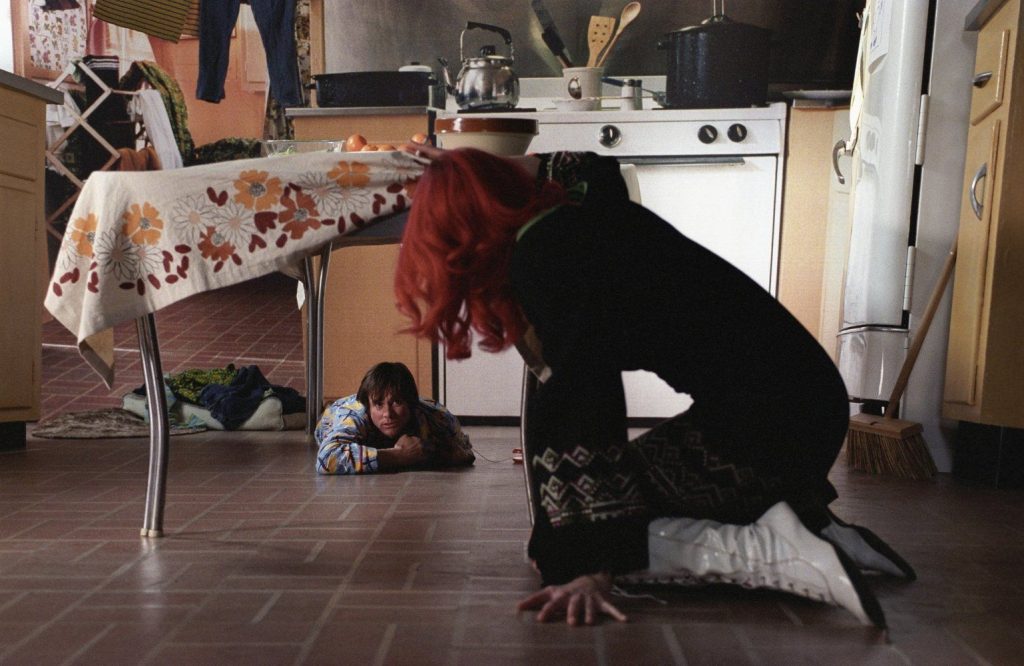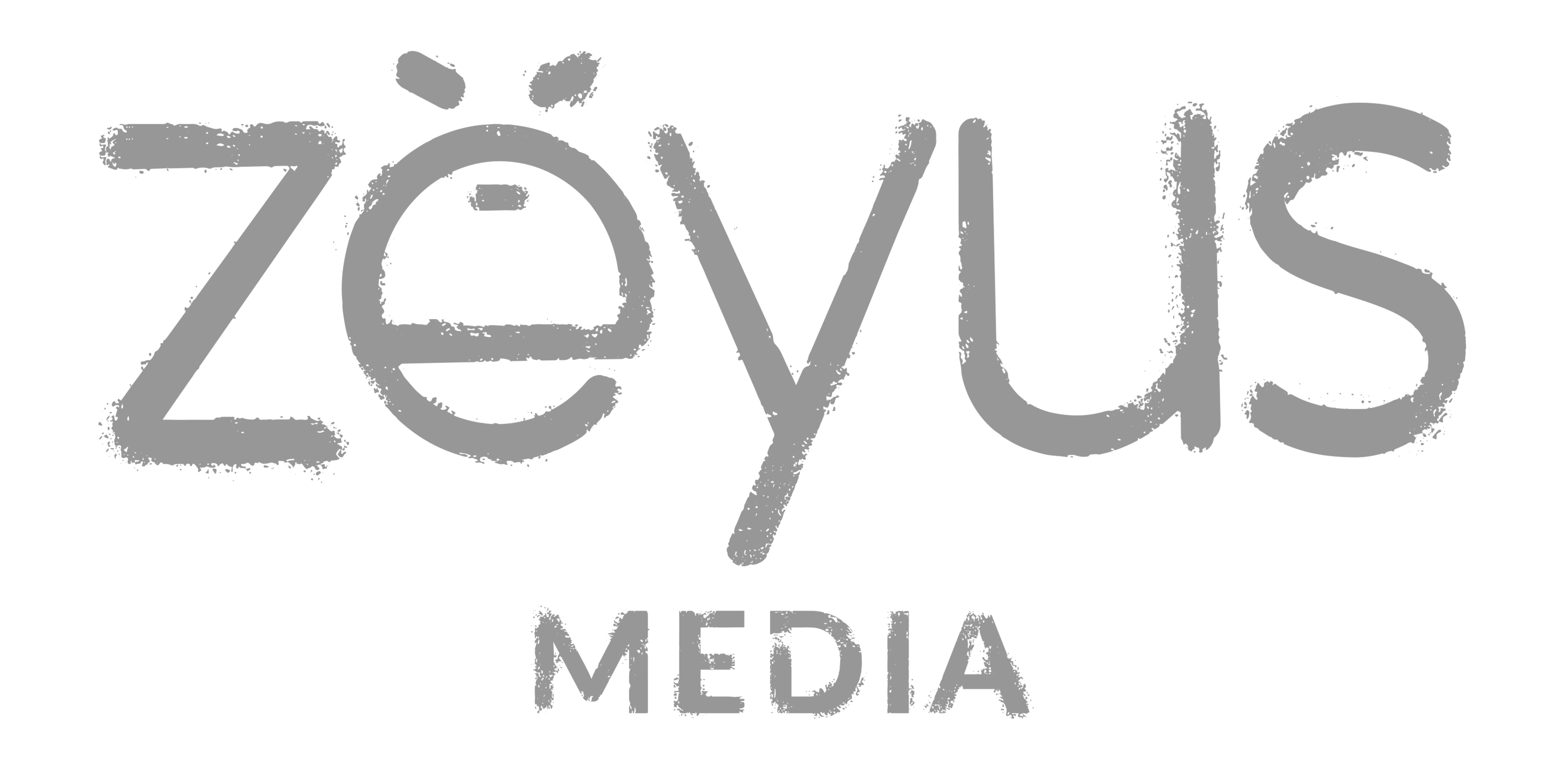
Filmmaking takes place in the Hollywood studios and backlots of Warner Brothers where some cap-wearing director in a fold-out chair yells action through a megaphone. This is the quintessential understanding of what filmmaking is. But at some point, people discovered that you could tell a story without having to film anything. You could instead find an image or a reel of archive or stock footage and present that as the film experience. But to what extent are audiences willing to accept a borrowed film reel as legitimate filmmaking?
Ken Burns is a director so intrinsically linked to the practice that the effect of smooth movement over a still image, using a rostrum camera back in the day, is named after him. The comedy show ‘Big Train‘ (1998) even had a sketch about a rostrum cameraman driven mad by always being overshadowed by BBC rostrum cameraman Ken Morse and ends up trying to sell videos to tourists by forcing them under his rostrum camera.
One of the masters of archive footage in modern cinema is Asif Kapadia. Having won numerous awards for ‘Senna’ (2010) and ‘Diego Maradona’ (2019), he is a documentary maker famous for his work that crafts films predominantly from phone videos, home movies and broadcast clips. Very little besides the odd interview is actually filmed. Yet despite the lack of film cameras and lighting, the commitment to tell a compelling story remains the same. I recall all the tearful reactions during a screening of ‘Amy’ (2015) and deservedly so, it’s a great film. Peter Jackson’s ‘They Shall Not Grow Old’ (2018) is also worth noting for the painstaking work that went into the restoration of WW1 footage, breathing life into it in a way that has not been seen before. In fact, to even call that restoration is a massive understatement.

It is absolutely possible to tell a story competently using archive and to work with it to create something new. But it can also be the go-to cop-out for lazy film-makers. Get hold of a bunch of clips, throw some stuff on screen to keep those eyes busy and you’ll trick the audience into thinking they’re absorbing information, where in reality it’s a whole load of distraction. And it’s a trick that wears off very quickly as the viewing experience soon develops into a test of endurance more than anything else.
So how do we tell stories from the past without a time machine, or present things on screen for which there was no witness? Recreation is handled incredibly well in Bart Layton’s ‘The Imposter (2012), one of the best and most creative documentaries I have ever seen. The Netflix documentary series ‘Unsolved Mysteries’ (2020) are also experts in recreation, beautifully and cinematically portraying things on screen for which no footage exists. In many cases, these are tales of someone who is missing and to portray an absence whilst keeping the audience’s interest is no mean feat. They are also very skilled in working to bring a physicality to any archive photos. Simple effects such as presenting digital images as if physical or framed photos placed within an environment help to embed the images into the film world of the documentary and not snap the viewer out. Spaces are hugely important to invoke a feeling. To visit an important location, study it and absorb the atmosphere can be an equally powerful device.
I have really enjoyed the work of Kapadia and that of my colleagues who are very skilled in stitching memories from old footage. There is something very punk about the cut-and-paste, collage aesthetic that became welded into the mainstream through MTV. It is something that one of my heroes Danny Boyle often uses in his work, but it is also the signature move of hacks like the “visual artist” Thierry Guetta aka “Mr Brainwash”, whose debut ‘Life Remote Control’ was so bad it lead to the creation of the documentary by fellow hack and plagiarizing mouse stencilist Banksy. Political YouTubers can also be found puking out content in a similar style which I find, at best, unwatchable.
I will confess, I do use the Ken Burns in nearly every project, although I always use it on video footage to provide a camera movement or zoom effect in post. But the truth is I just can’t seem to get away from the need to have something happen in front of a camera in order for it to be legitimate. Right at the top of the list of directors who inspire me is Michel Gondry, who in his DIY in-camera approach to films and music videos, achieves something that feels not just more textural and physical, but heartfelt and genuine. Eternal Sunshine of the Spotless Mind (2004) is a top 10 movie for me and that is due in no small part to the abstract dream-like quality and emotion that comes from Gondry’s practical style. So for me that has always been the aim – to make something that is damaged by time and covered in fingerprints, not computer-generated effects or digital files. And just look at how much better physical effects in cinema have aged in comparison to god-awful, cheap CGI.

But sometimes only archive footage can tell the story. It is after all the video of the thing that happened and you simply cannot truly replicate that. Neil Armstrong only took that giant leap that one time. In these instances, I will still try to bring a physicality to it. Projecting images, printing images and at the very least showing the artefacts of whatever media is cast on screen, be that VHS date stamps or old cinefilm pre-roll. But there are those occasions where the filmmaking must become transparent and for the story to simply be seen.
Let there be no doubt as to the importance of editing. The right choices and cuts can do as much to aid a narrative as any camera angle or lighting set-up. The use of archive footage should be treated with as much care and consideration as any other aspect of making a film. Whether or not that’s your style is a matter of taste.
